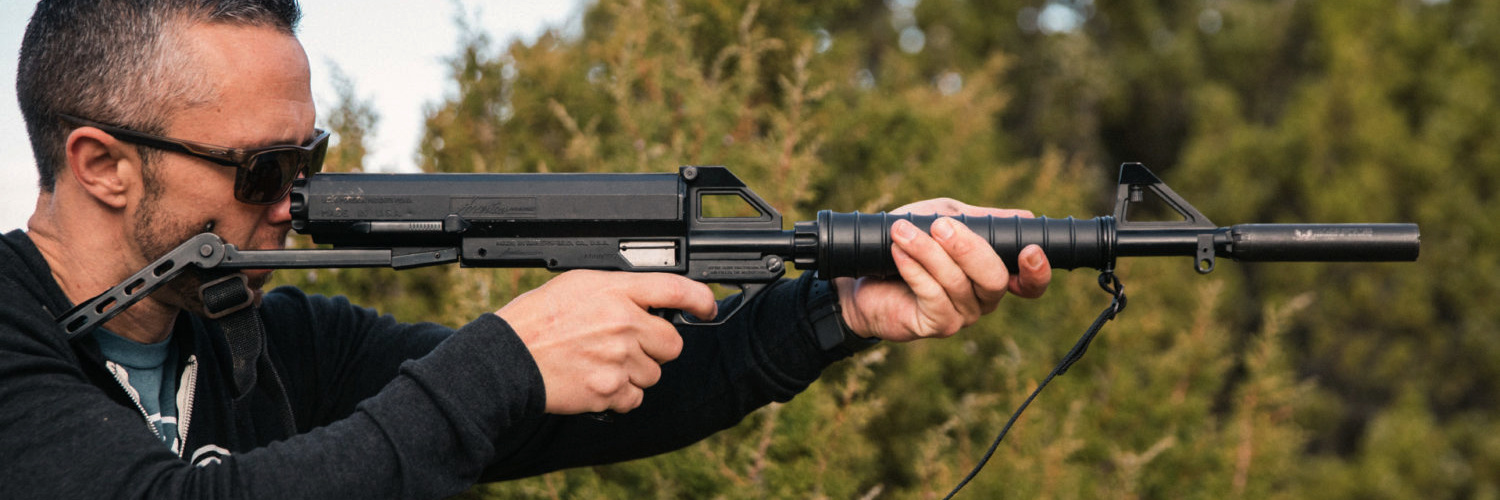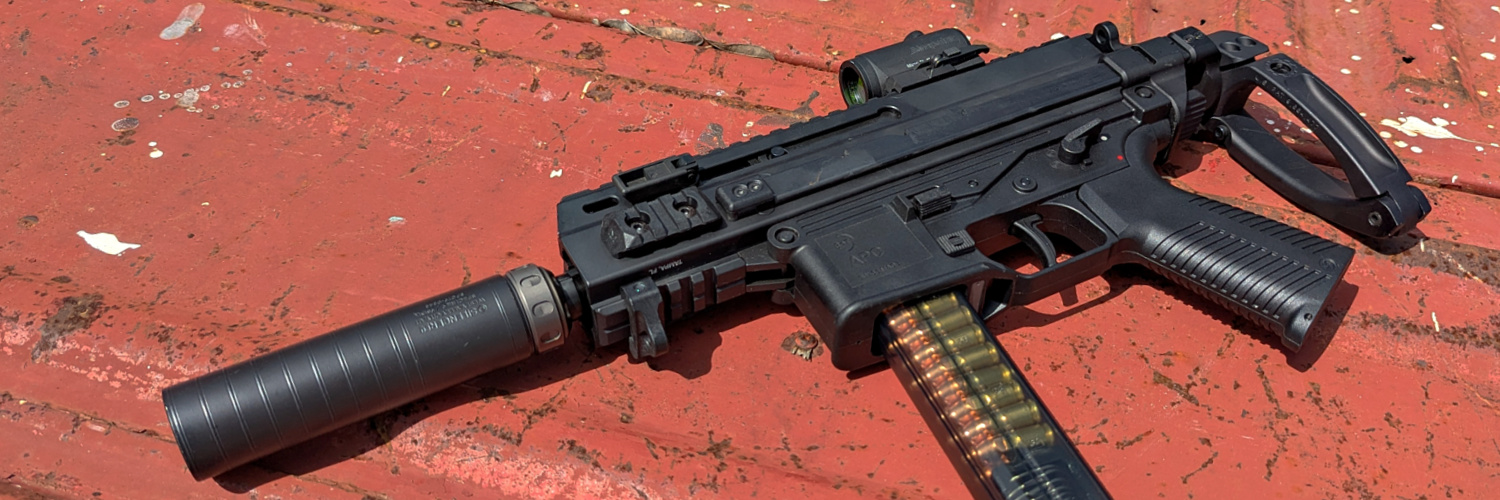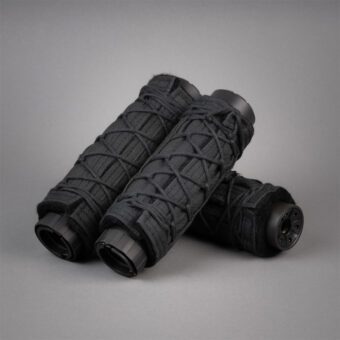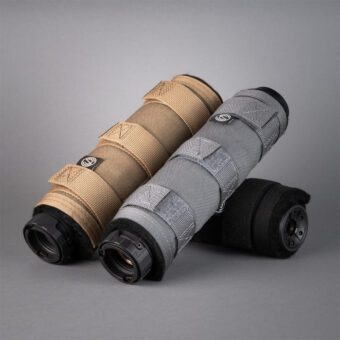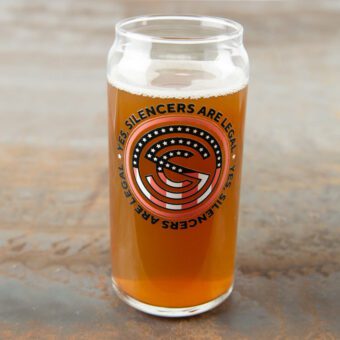Home / All About Silencers / Why Should I Buy a Silencer?
Why Should I Buy a Silencer?
Why Should I Buy a Silencer?
Home / All About Silencers / Why Should I Buy a Silencer?
Cormac McQuarrie
Awareness about the multiple benefits of suppressors is growing. If you’re like many other shooters, you may be asking yourself, “Why should I buy a silencer?” If you’re looking for some concrete reasons to justify pulling the trigger on a silencer purchase, look no further. Here are 10 solid reasons to get the Form 4 process started.
1. Protect Your Hearing
This is the first, most obvious reason why it’s smart to buy a silencer is to protect your hearing. Repeated exposure to the high sound signature of gunshots can lead to permanent hearing lost. Nobody wants to live with impaired hearing for the rest of their lives, so it absolutely makes sense to be proactive in hearing protection.
Suppressors have the ability to make ammunition hearing safe. While it is important to note for the uninitiated that silencers don’t make guns Hollywood quiet, some pairings are so quiet that you can hear the bolt slap or the impact of the round on a target down range.
140 dB is typically recognized as the point past which isolated sounds begin to do damage to your hearting. An unsuppressed .22LR is much louder than that. Bringing down the dB level is a logical aspiration for any shooter. Even with supersonic rounds, a silencer will take the edge off the report.
Adding a suppressor to your gun can strip away 25-30—sometimes more—dBs. While this may be the most obvious reason on our list, it stands alone. Anyone who has ever put in a long day at the range with a centerfire rifle knows what I’m talking about. Even with the best hearing protection, the cumulative effect of multiple shots takes a toll.
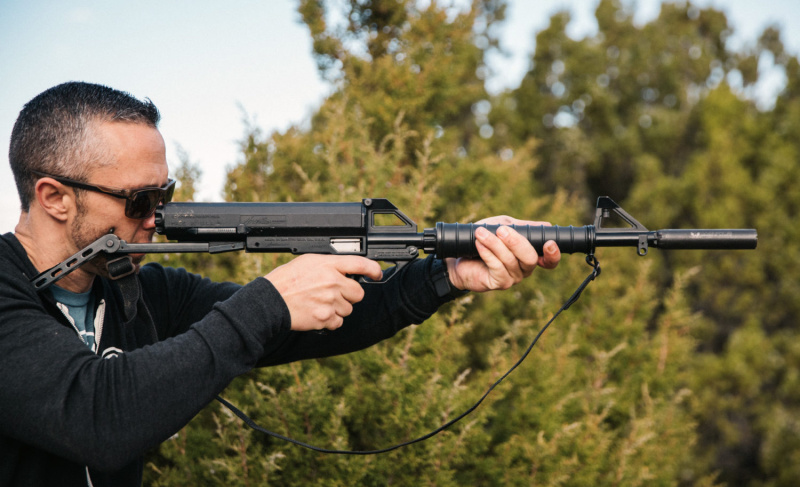
2. Preserve the Silencer of the Hunt
Nothing ends a hunt faster than the muzzle blast on a shot that misses wide. As the sound catches up to the projectile, your prey may bolt before you have a chance to chamber another round.
While a silencer won’t guarantee complete silence or easy follow-up shots, it greatly increases the odds. You may get multiple shots off on that passel of hogs. That elk at 1,000 yards is likely to raise his head. Even the snow geese coming down over the horizon won’t spook as those above you fall.
And a suppressor, for those who don’t miss on the first shot, is courteous. While we often hunt alone, that solitude is often an allusion. A silenced shot preserves the calm stillness of the dawn and helps those other hunters just over the ridge or on the neighboring farm by not spooking their quarry.
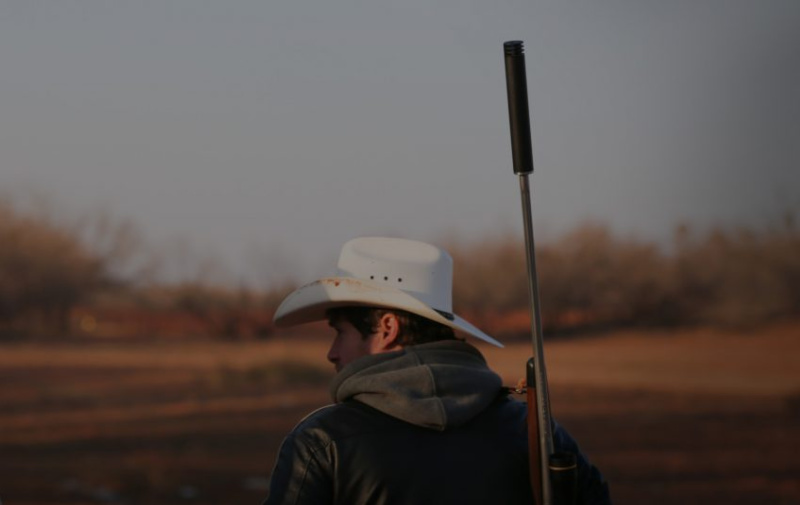
3. A silencer is a great teaching tool for kids
Communication is very important while teaching kids to shoot. Some kids listen really well, when they can listen, and if you are able to talk them through all aspects of their performance, the learning curve is much less steep. A silencer is a huge help in this case because it facilitates more fluid communication.
A silencer also addresses two elements of safety: hearing protection and anxiety reduction.
When it comes to hearing protection, consider those kids who have trouble finding hearing protection that fits. We can’t tell if their foamies are in right, until it is too late. We also can’t really tell if their over-the-ear muffs are working. And damage to hearing, at any stage of development, is a negative, permanent consequence. Since the silencer reduces the sound signature of the gun itself, everyone in close range is protected.
The second safety element to consider is anxiety reduction. Here’s an example: you’re teaching a kid to shoot and you need to call a cease-fire to correct something crucial. If the kid is wearing ear protection that restricts their hearing, you might need to raise your voice. This can raise anxiety levels, which of course can spark the cascade of negatives that you’d prefer to avoid. If, however, you’re teaching the kid with a suppressed gun, you’ve got better verbal communication and a greater ability to negate potential stressors.
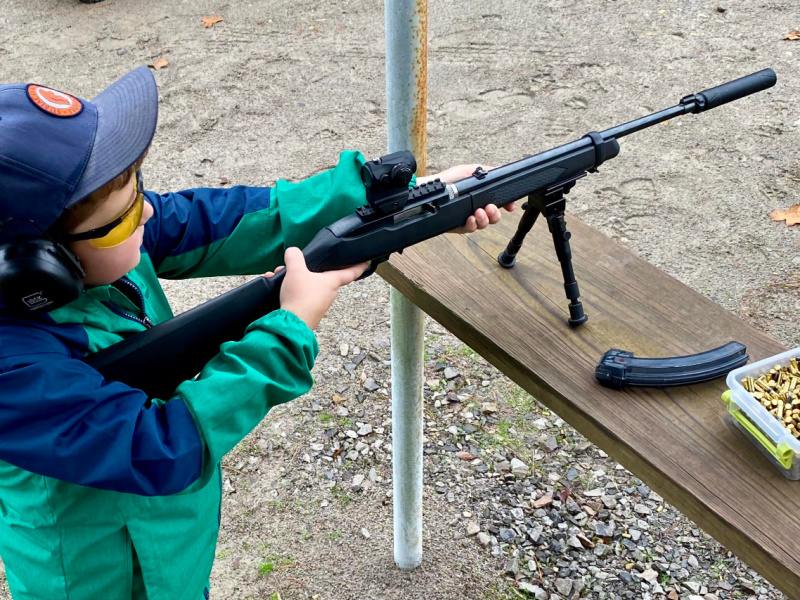
4. A silencer is a great teaching tool for adults
Older students too, benefit from suppression. The benefit for the new student is obvious and would echo what’s above. But there are many advanced lessons that benefit from an active level of noise reduction.
Accuracy is first among them. I’ve been on many long-range shooting courses where instructors watch everything from finger placement to eye relief to breathing and they communicate it back to the shooter as shots ring out around them. The use of a silencer makes it that much easier for the new shooters to benefit from the instructor’s guidance.
Situational awareness, too, is paramount. When teaching someone to hunt (or to hunt something different), you may not be able to add volume to get your message across. From listening to the footfall of a whitetail (almost impossible with most hearing protection) to calling the distance on a shot and making the necessary scope adjustments, communication is everything. And such communication is complicated by the use of traditional hearing protection devices.
5. Passing on the Tradition
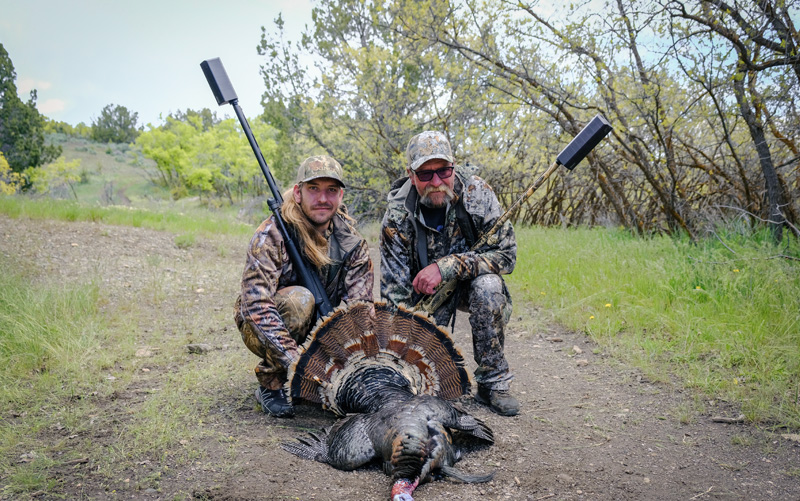
Many of us who are passionate about shooting sports consider it an obligation to pass on what we know about shooting and hunting, and silencers are a part of that. These are tools that are too often shrouded in mystery.
Someone taught you, though, right? Like a well-made firearm, a SilencerCo suppressor is something you’ll pass on to the next generation. Beyond the basics of marksmanship, safety, and technique, you’re sharing the benefits of time intentionally spent outdoors with family and friends.
6. Adaptability of Design
Many silencers are designed around a specific caliber size as caliber specific. The silencer must be able to contain the pressures produced by the cartridge while also allowing the projectile to pass through the baffles.
Suppressors like the Omega 300 or the Hybrid 46—both of which have higher pressure ratings—will allow one can to cover even more calibers. Weight can be an issue on a rimfire, and that’s where a Sparrow might be ideal, but—if you want to test the waters with one can—go with the one that covers many of your needs.
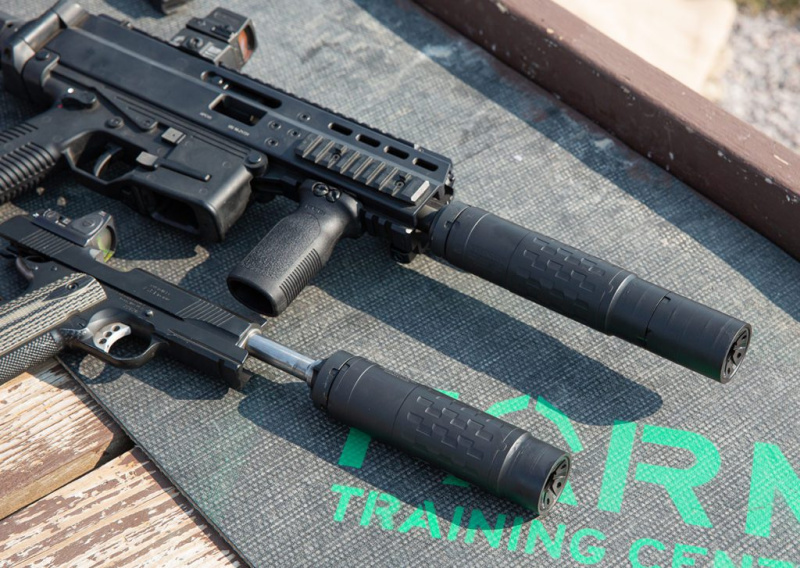
7. Recoil Reduction
Physics aren’t my thing. In fact, if it weren’t for shooting and the practical appreciation of gravity, I’d ignore the discipline completely. But silencers do more than cut the noise from a gun’s report, so here we go.
Recoil reduction is an almost unknown byproduct of suppressed fire. Consider the way recoil is generated on a rifle. Expanding gasses move down the barrel and out of the muzzle. This is like the thrust you can visualize in the cone of fire below a rocket. This thrust literally propels the gun back into the shooter’s shoulder. It is instantaneous, and not sustained, but it still produces kick.
The baffles inside a silencer interrupt that force, turning it back on itself. While the bullet is free to exit the can, the gasses are tumbling on themselves and take longer to escape. By prolonging this portion of the process, the instantaneous push is dissipated and felt recoil is reduced.
By how much? 20-30 percent, possibly more with some designs. For situations that require fast follow-up shots (like hog hunting), a decrease in felt recoil may equate to shorter split times. This may be the difference that allows you to keep your eye on the target through the scope to watch the impact. Either way, it is less punishing on the shoulder.
8. Ease of Maintenance
If you do start with a rimfire suppressor (a logical choice), you will get your hands dirty. Rimfire is a notoriously filthy round and even the most advanced silencers will need a good cleaning from time to time. But this isn’t true with all calibers.
I own many suppressors, but I only clean my .22 cans. The others tend to take care of themselves. If the rimfire is all you know, it would be easy to assume they’re all getting fouled inside with lead and burnt powder, but they’re not. Centerfire rounds tend to produce enough pressure to shake fouling loose.
In short, maintenance isn’t complicated. Your suppressor will likely outlast you.
9. Electronic Form 4 (eForm 4)
And maybe that’s a decent transition to the political side of silencers. Yes, there’s paperwork involved. If you had to file the old-school paperwork with Uncle Sam, you know what it is like to wait. More than one of my applications took over a year to go through.
But the BATFE has been making epic strides to cut down on the wait times. Data entry was the fly in the ointment, and by going digital they have cut out that step (at least for them—you do the data entry now, electronically). This also has cut down on the errors that come from their data entry—again, speeding things up.
How fast is the new eForm 4 process? Times vary, of course, but what once stretched from nine months to more than a year is now moderately faster. And the process is still new—the BATFE had a large pile of paper applications in hand when they flipped the switch on the eForm 4, but they’ll get through the backlog. This is a major win for those of use who like suppressors.
10. Silencers are Fun
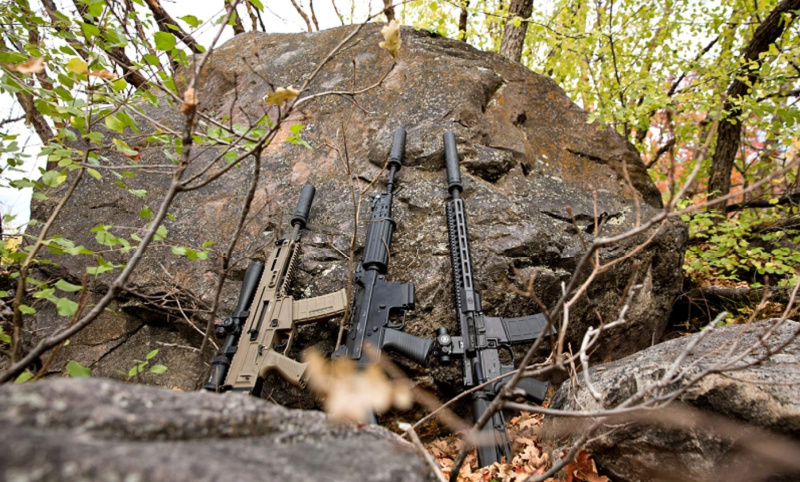
Suppressors are seriously appreciated by those of us who love shooting sports. I’ve introduced many adults to silencers—adults who had expected to be unimpressed—only to see their eyes light up when they pull the trigger on a suppressed centerfire rifle for the first time.
No matter what you’re looking for from a Silencer, be prepared. That first addition to your collection likely won’t be the last. And you’ll start asking complicated questions at the gun store, too, like “What the hell? Why didn’t they thread that barrel?” That’s when you’ll know you’re a convert.


